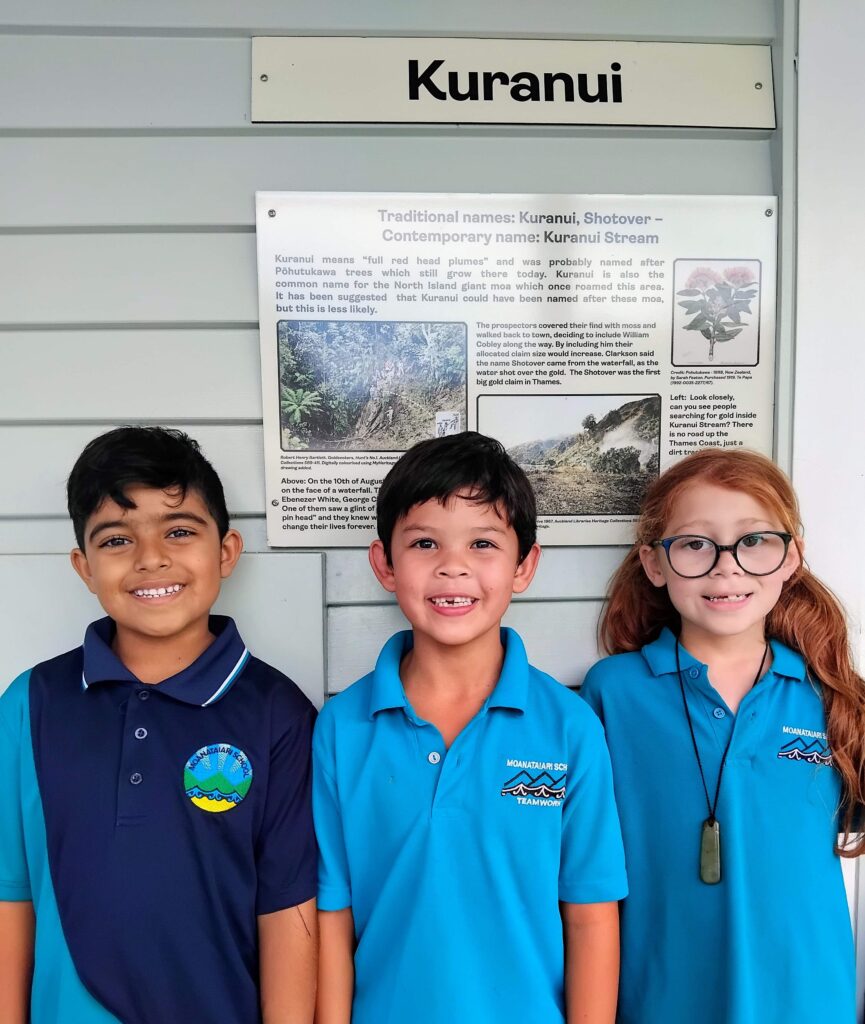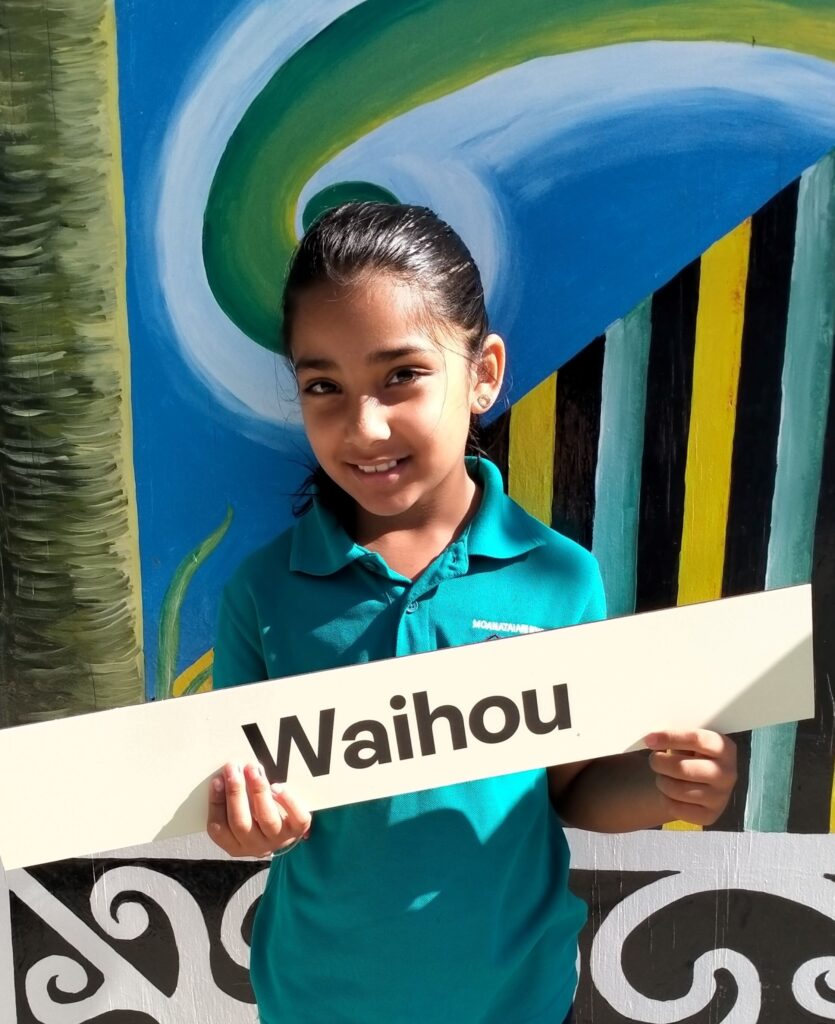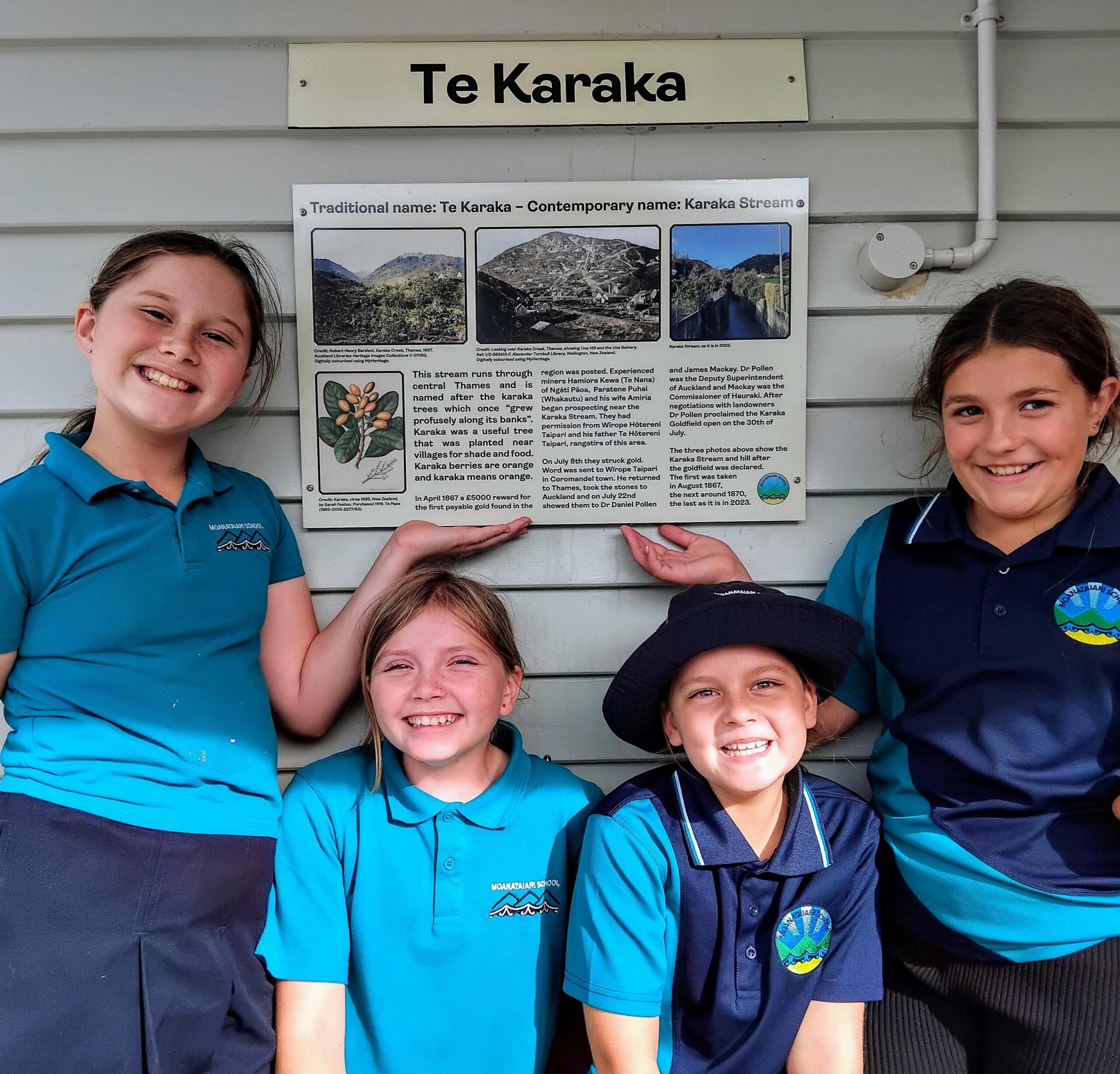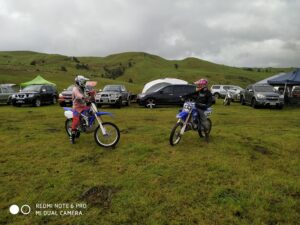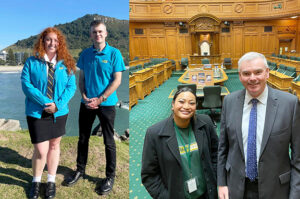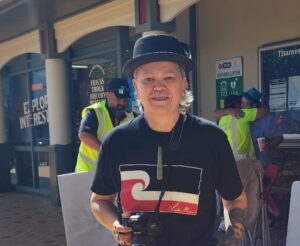Moanataiari School’s classrooms have undergone an identity change, bringing the whenua closer to the students.
The classrooms are now known as Waihoanga, Tararu, Kuranui, Moanataiari, Waiotahe, Te Karaka, Waiwhakaurunga and Waihōu, after significant awa (streams and rivers) in the area. Other new names are Pukehīnau for the kitchen, Te Kirikiri for the library, Hongikore for the additional learning space, and Tīkapa Moana for the office.
Teacher aide Wendy Davies said the project was an enormous task two years in the making.
“The [classrooms] were just numbers, and we wanted to have them with names to bring some more meaning,” Wendy said.
“The streams seemed like a really good option. We’re so lucky because Thames has a more interesting history than a lot of places have.”

The teachers visited all the local water bodies and learned about their history, before each choosing a namesake that resonated with them.
“Tīkapa Moana (The Firth of Thames) was a name principal David Brock chose for the office as this is where all the streams flow into,” Wendy said.
“One of the teachers has a pet eel he goes to visit up in the Karaka stream… And then the younger classes picked streams that were easier to access so they could get the junior kids there more easily.”
Each classroom now sports a large sign with its new name, historical photographs, and additional information about the awa including any other names it is known by.
In researching the names and sourcing photos, the school sought guidance from a number of people including local historians Dave Wilton and Althea Barker, Ngāti Maru kaumatua, journalist Meghan Hawkes, staff at the Treasury, The Thames School of Mines, the Thames Museum Te Whare Taonga o te Kauaeranga, Auckland Library and the Auckland Museum; as well as referencing work from Alistair Isdale, Hoani Nahe, William (Toss) Hammond and Taimoana Turoa.
“Each class will visit their stream during the year and learn about the stream as well as the history of that area. It’s a great way for the students to connect with the place we live in.”
